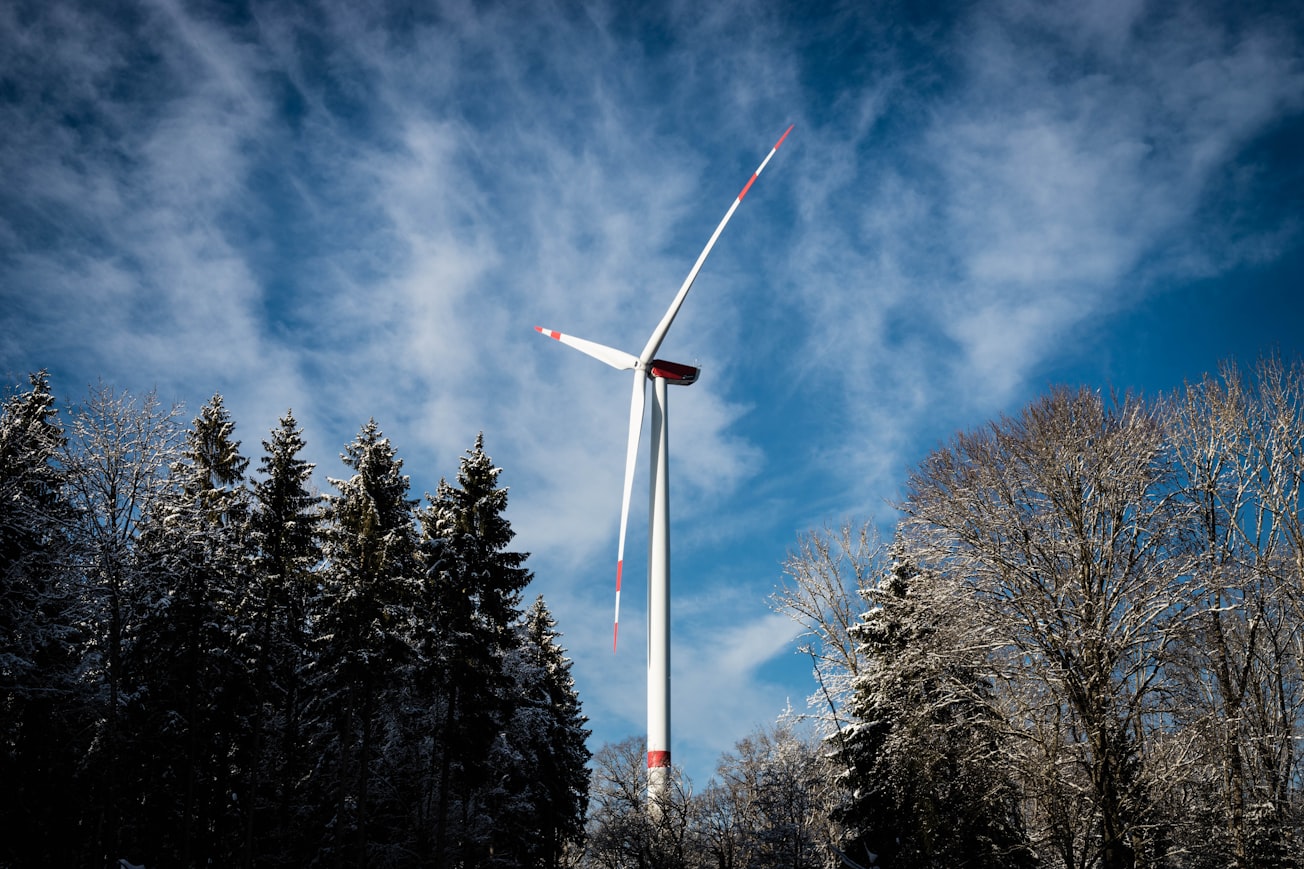What is it about?
Low-grade wind energy, commonly referred to wind speeds lower than 6 m/s, is not suitable for the currently developed horizontal-axis wind turbines. One of the efficient methods to increase the wind speed passing through the wind turbine is enclosing the turbine inside a suitably designed shroud. In the current study, extensive numerical studies are carried out on a flanged converging–diverging duct to reach the maximum possible velocity increment. The effects of several geometrical parameters on the velocity increment and fluid dynamics of the shroud are investigated in detail. The effects of the diffuser opening angle, flange height, length of the inlet converging section, length of a constant-cross-section tube between the converging and diverging sections, and the presence of a wind turbine inside the shroud are examined. The results show that for a diffuser with a length to diameter ratio of 1.0, the velocity increment is maximum for a diameter ratio of 1.66 and a flange height to diameter ratio of 0.15. Adding a converging and a constant-cross-section tube to the flanged diffuser, a maximum velocity increment of 1.57 with an almost uniform velocity is achieved. This means that the available wind energy is 3.87 times the incident wind energy; hence, it is suitable for mounting more than one wind turbine. The optimum duct design is also subjected to wind tunnel measurements, where a good agreement with the numerical data is observed.
Featured Image

Photo by Ferdinand Stöhr on Unsplash
Read the Original
This page is a summary of: Converging–diverging ducts for efficient utilization of low-grade wind energy: Numerical and experimental studies, Journal of Renewable and Sustainable Energy, March 2020, American Institute of Physics,
DOI: 10.1063/1.5142843.
You can read the full text:
Contributors
The following have contributed to this page










